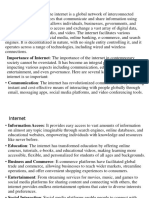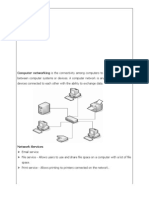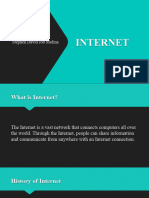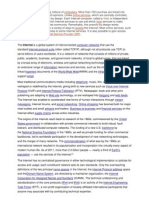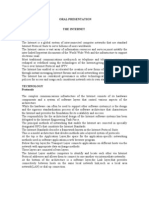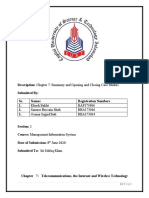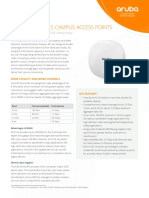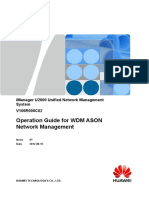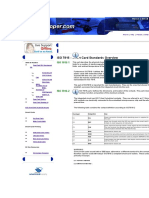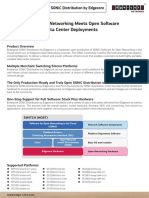0% found this document useful (0 votes)
16 views10 pagesLecture 1-3
The document provides an overview of the internet, its historical background, and the differences between internet, intranet, and extranet. It explains how the internet works, focusing on TCP/IP protocols and network topology, as well as the OSI reference model and its layers. The document highlights the evolution of the internet and its significance in modern communication and collaboration.
Uploaded by
bellarolland7709Copyright
© © All Rights Reserved
We take content rights seriously. If you suspect this is your content, claim it here.
Available Formats
Download as PDF, TXT or read online on Scribd
0% found this document useful (0 votes)
16 views10 pagesLecture 1-3
The document provides an overview of the internet, its historical background, and the differences between internet, intranet, and extranet. It explains how the internet works, focusing on TCP/IP protocols and network topology, as well as the OSI reference model and its layers. The document highlights the evolution of the internet and its significance in modern communication and collaboration.
Uploaded by
bellarolland7709Copyright
© © All Rights Reserved
We take content rights seriously. If you suspect this is your content, claim it here.
Available Formats
Download as PDF, TXT or read online on Scribd
/ 10















